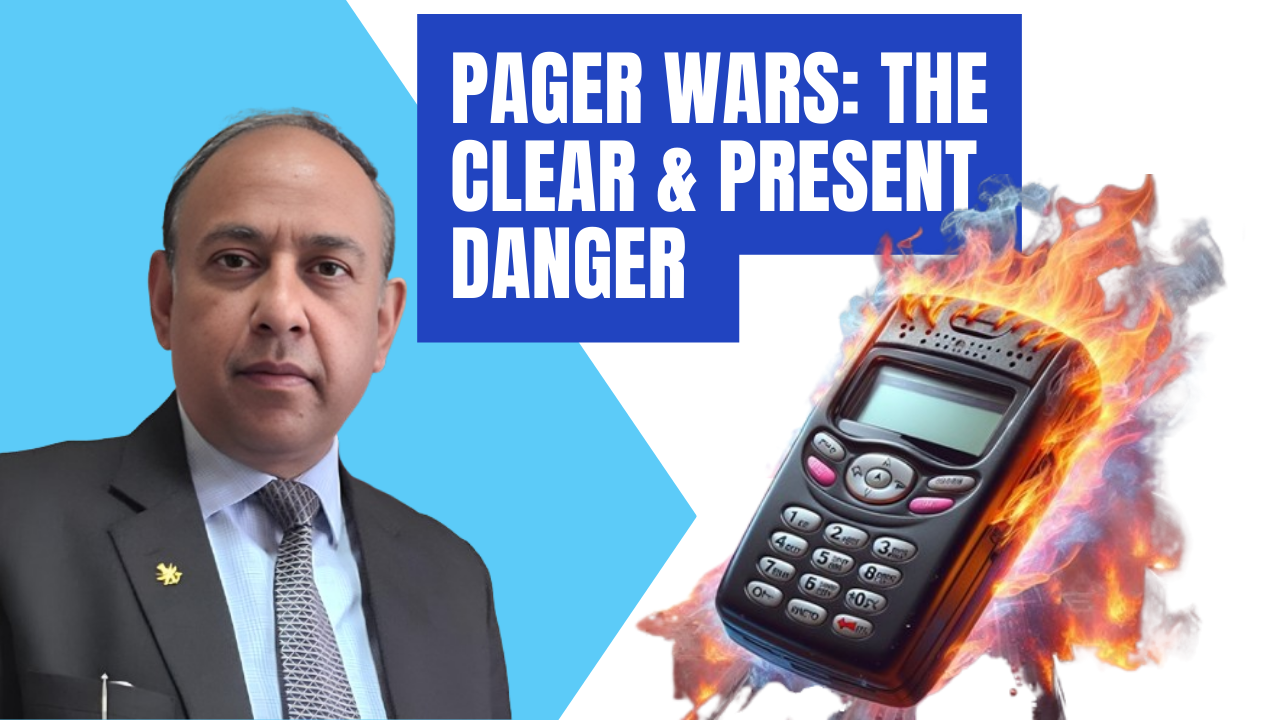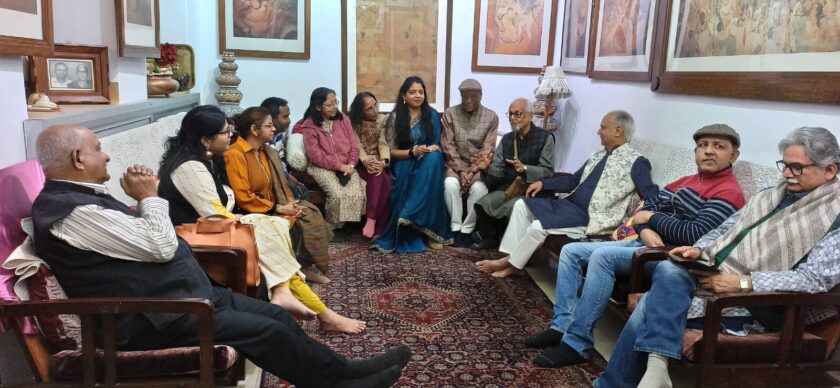Commander Sumit Ghosh
Lucknow: “The Unsuspecting Warfare” (TUW) is the most recent type of warfare which increasingly involves unconventional tools like pagers, walkie-talkies, mobiles and other forms of low-tech communication systems in combination with high-tech devastating strategies. These tools are significant in asymmetric attacks, where non-state actors or smaller attacking groups face better-equipped, technologically advanced military forces. In this context, pager and walkie-talkie communications represent an evolution of guerilla tactics and hybrid warfare. But the use of this model of warfare by a technically & militarily superior nation (Israel versus Hezbollah) has created awe and caution for everyone.
Vital Elements of Pagers/Walkie-talkies:
- Low Cost-Cheap Tech and High Impact Communications– These devices are widely used by insurgent and guerilla groups due to high reliability against jamming and cyber- attacks. These are simple to use, easy to hide, require minimal technical expertise, and are difficult to trace.
- 2. Asymmetric Tactics: Non-state actors, such as terrorist organizations or insurgent groups, often rely on low-tech communication tools to avoid detection by sophisticated military forces. These devices are frequently used to organize attacks, retreats, or ambushes.
- Psychological Warfare: Pager warnings can be sent to users before attack, walkie-talkies can be used to spread disinformation, create confusion among enemy or deliver threats, cause psychological intimidation, or create a perception of impending danger.
- Coordinate Tasks: To remotely detonate improvised explosive devices (IEDs), mines or to coordinate complex, multi-pronged attacks in a region/area. Effective in coordinating small units in area, enabling them to adapt to changing battlefield conditions, coordinate sniper or ambush positions, or move between attack & escape routes seamlessly.
- Resistance to Electronic Warfare: Pagers and walkie-talkies operate on basic radio frequencies and can be harder to intercept, monitor, or block using standard jamming technology. They can counter Drone attacks. In environments where drones are deployed for surveillance or strikes, they are able to bypass sophisticated electronic tracking systems.
- Adaptation and Flexibility: Fighters using walkie-talkies can easily adjust tactics and communicate across short distances, such as between buildings or across neighbourhoods, without the need for a central network. This is crucial when digital infrastructures (like cell towers or internet access) have been destroyed.
Recent Utilisation of Low Tech Devices:

- Gaza and Lebanon Conflicts: Hezbollah or Hamas frequently use walkie-talkies and basic communication devices to coordinate attacks, evacuations, and ambushes against Israeli forces, circumventing more advanced technological countermeasures.
- Afghanistan (Taliban): The Taliban uses walkie-talkies to organize their forces in rural and mountainous regions, helping them evade enemy or NATO surveillance systems.
- ISIS and Terrorist Cells: In Syria and Iraq, ISIS used low-tech communication tools to coordinate movements and attacks across urban environments, bypassing Western military intelligence’s electronic warfare capabilities.
The impact of remote blasts of Hezbollah pagers and walkie-talkies caused by Israel are enormous and they influence both tactical and strategic aspects of warfare. Some of these include enhanced operational efficiency through Intimidation factorlowering enemy morale and decision-making, sudden braking and withdrawal of enemy actions and achieving operational security by minimizing vulnerability to own forces and causing widespread shock & awe in enemy national services. These remotely caused pager devices blasts reflect a broader trend toward more agile, responsive, and psychologically effective military operations. This kind of warfare not only affects immediate tactics but also has lasting implications for the nature of future conflicts and is bound to shape military doctrines& strategies.
About Author: Commander Sumit Ghosh is a former Indian Navy Submarine Officer. He has served on Kilo Class Submarines, Commanded INS Sindhurakshak and is a specialist in Anti-Submarine Warfare and a deep sea diver. He writes actively on strategic issues pertaining to defence and related technologies. He is an active member of the USI and Strategic Think Tank STRIVE. He can be reached at sumit12in@gmail.com.





